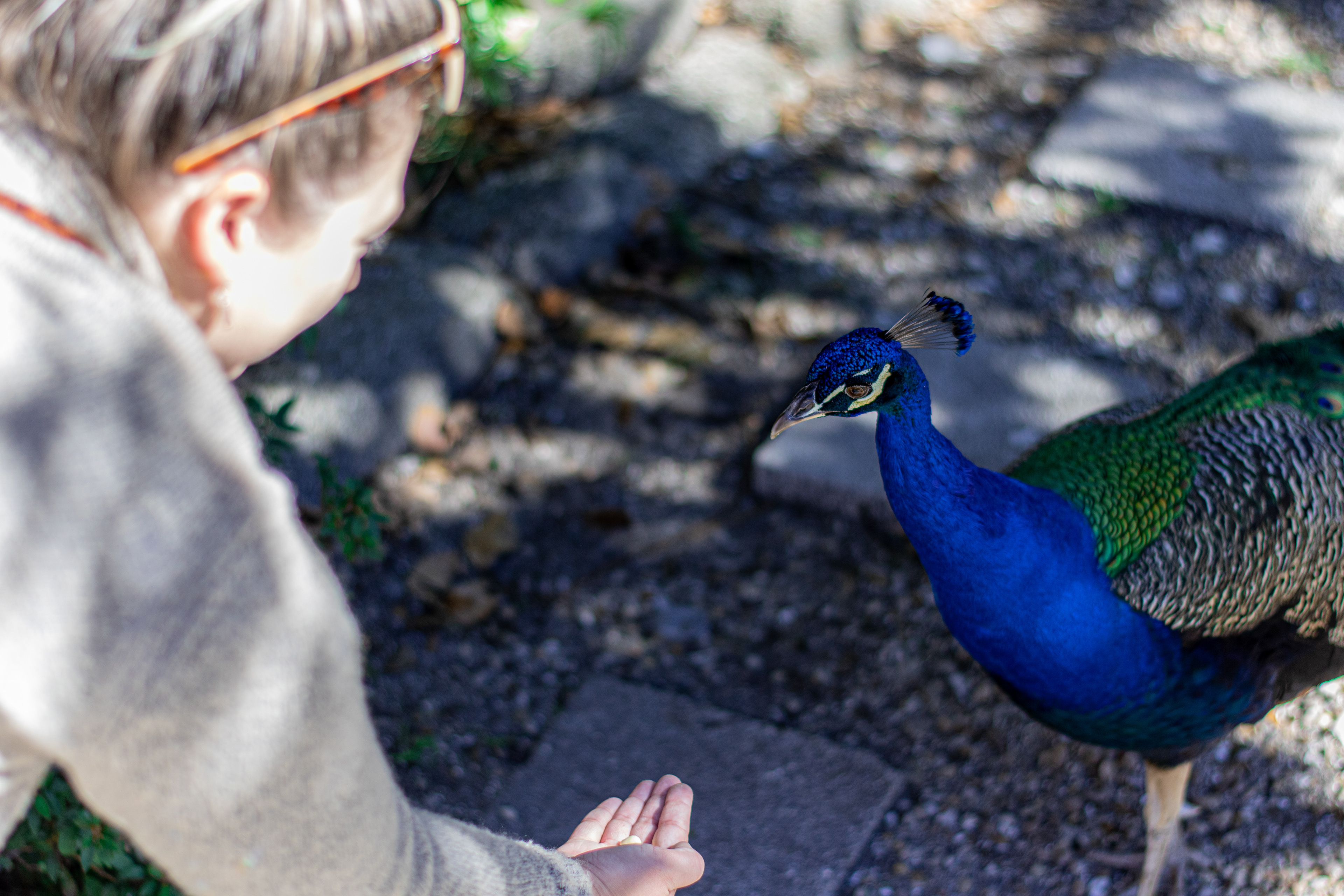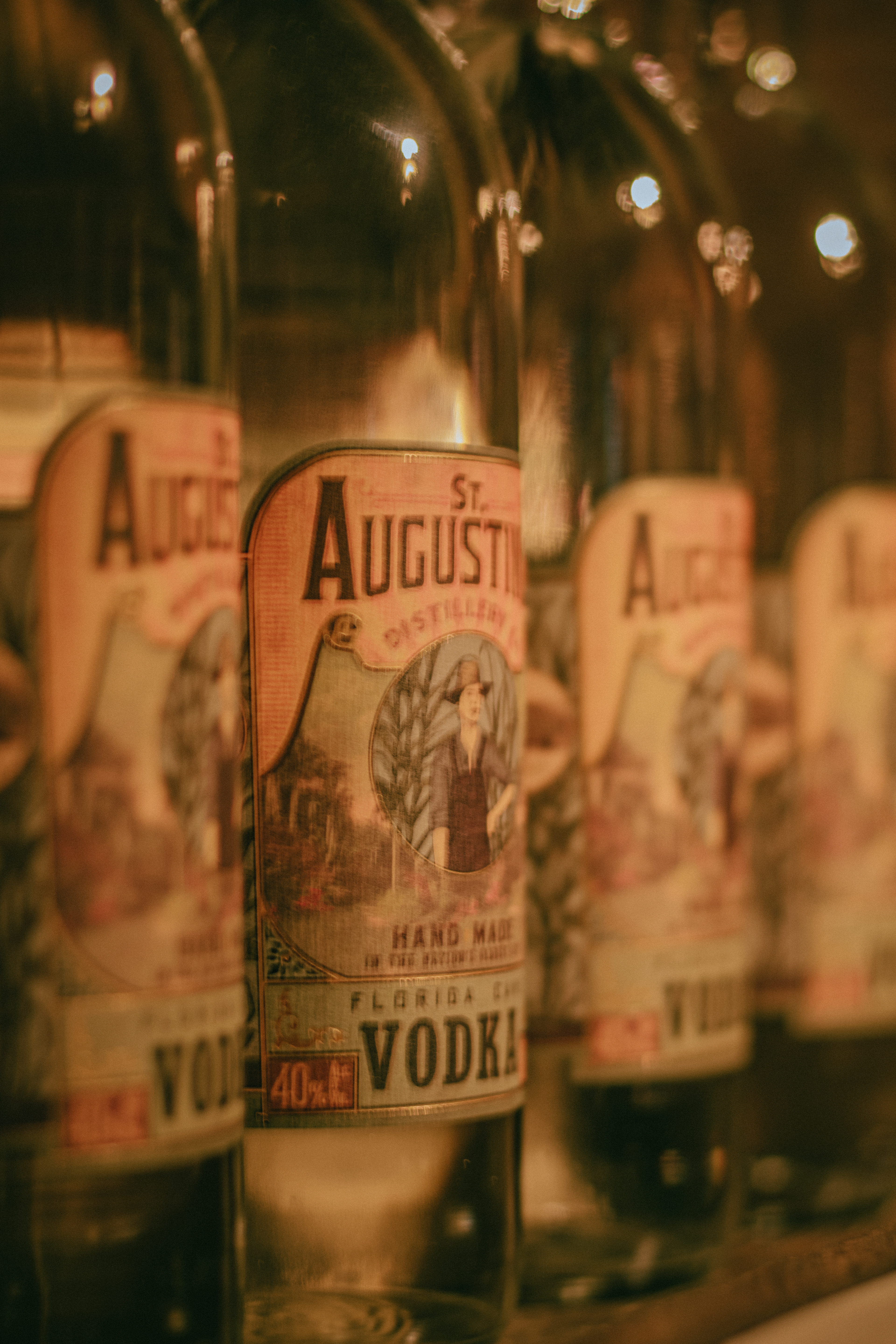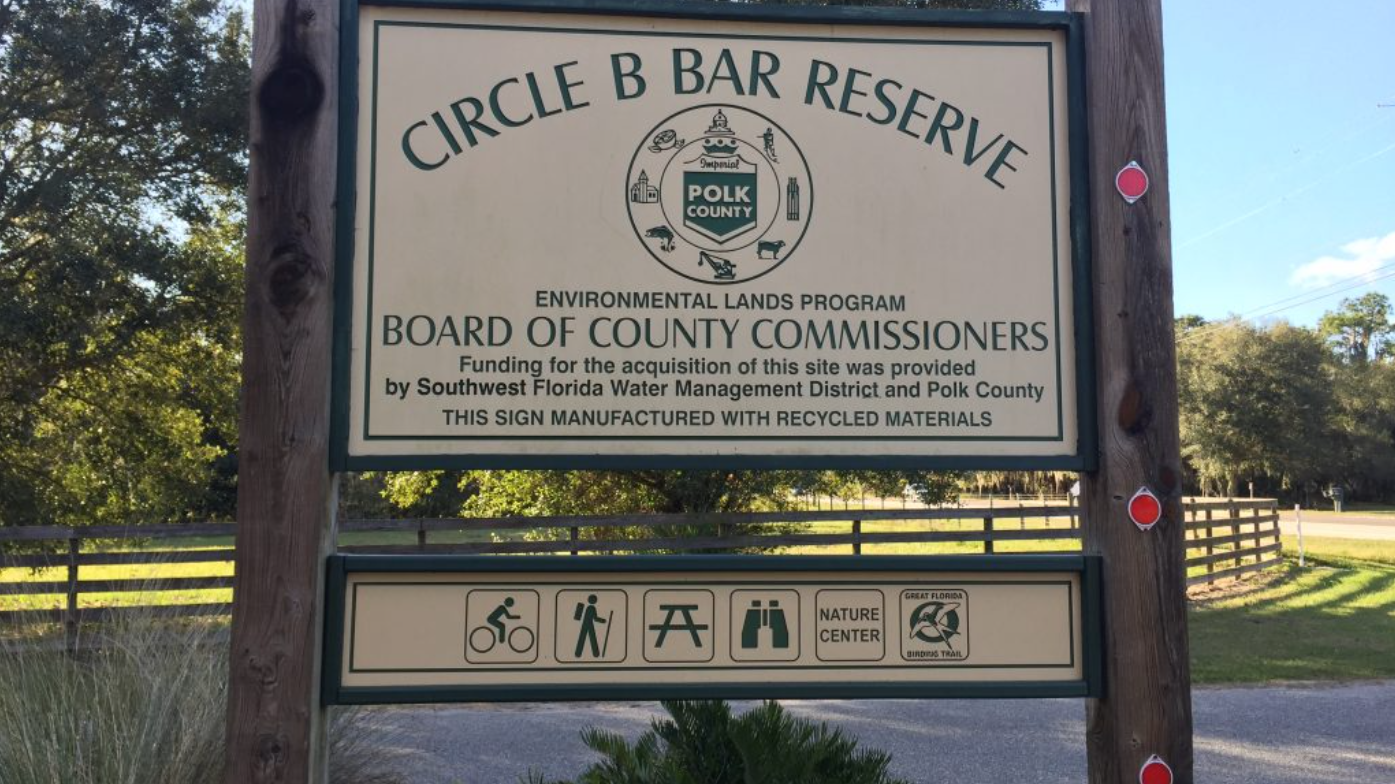This IS THE oldest masonry fort in the continental United States, the Castillo de San Marcos is a large Spanish stone fortress built to protect and defend Spain's claims in the New World. It's a National Monument and, at over 315 years old, it's the oldest structure in St. Augustine. Construction began on the Castillo de San Marcos in 1672 and lasted 23 years, until 1695. Many Spanish forts preceded the Castillo, however, this one made of coquina was impenetrable to enemy attack and was fire resistant.
The fort came under fire for the first time in 1702. British forces, led by General Moore, burned the city but could not penetrate the Castillo's walls. Subsequent attacks in 1728 and 1740 yielded similar results, and the British were never able to take the city of St. Augustine by force.
In 1763 however, Florida became a British colony with the signing of the Treaty of Paris, thus beginning a 20-year period of English rule. The Castillo was used as a military prison during the Revolutionary War, and at one time it held three signers of the Declaration of Independence within its walls. At the end of the Revolutionary War, Florida was returned to Spain in 1784 until Florida became a United States Territory in 1821. The Americans called the Castillo Fort Marion, honoring the revolutionary patriot from the Carolinas, General Frances Marion. The U.S. Government used Fort Marion as a prison for Native Americans in the late 1800’s. Natives from both Florida and the Great Plains were held at the fort during this time.
The fort was officially taken off the active list of fortifications in 1900 and it was preserved and recognized as a National Monument in 1924. Congress renamed the fort in 1942, reverting to the Spanish name, the Castillo de San Marcos. At over 315 years old, the fort is a lasting landmark of seventeenth-century St. Augustine.

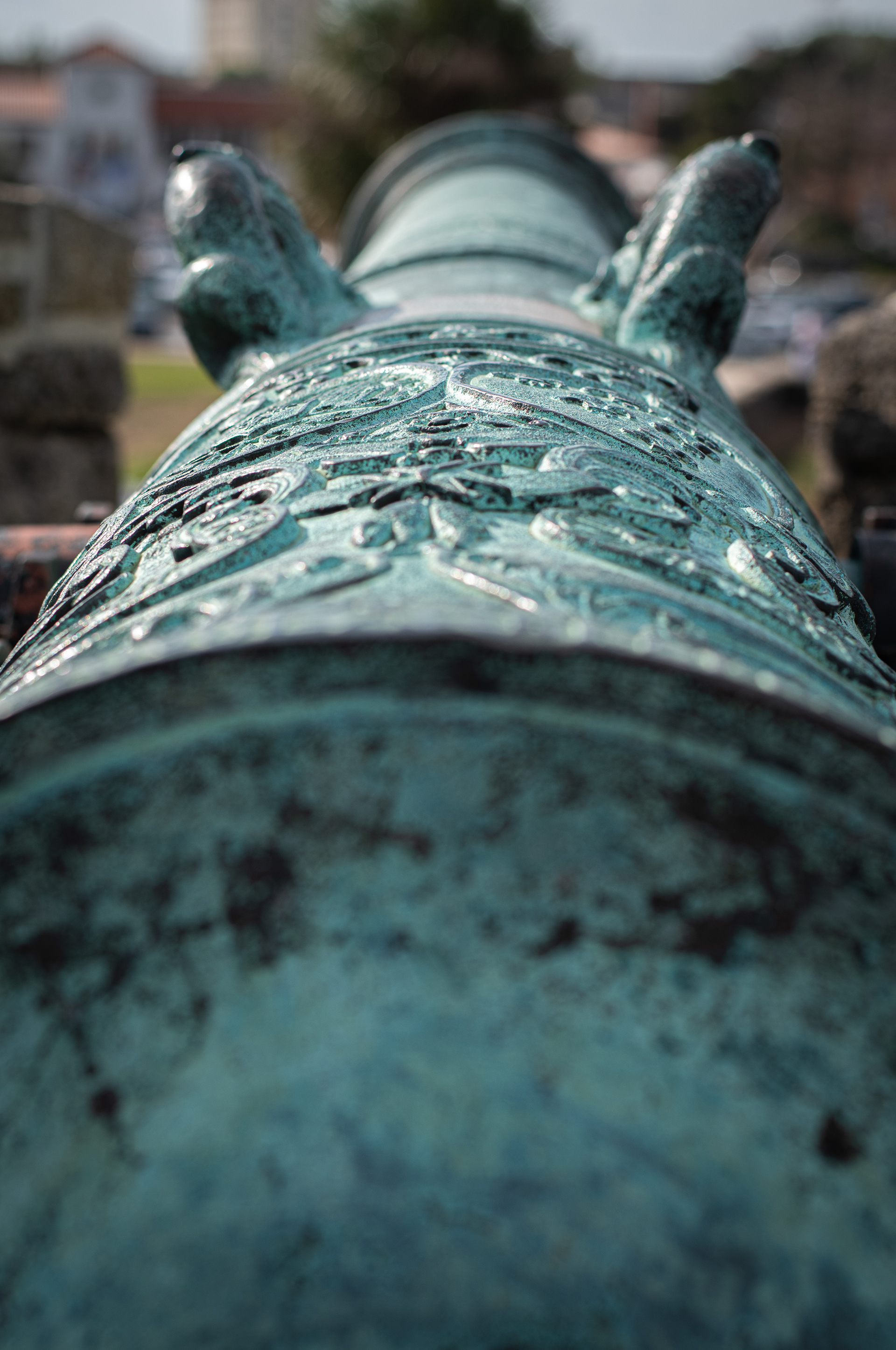

An exact replica of Michelangelo's "David," an 18-foot tall hand-carved marble statue weighing 20,000 pounds has made its way to Castle Warden, home of Ripley's Believe It or Not! odditorium, and has been erected in a place of honor in the Castle's award-winning gardens. Anyone can stop by the west gardens to see David for free. It is one of only two in the world carved as the original was - from a solid piece of pure Carrara Marble quarried from Pietra Santa in Tuscany, Italy. It's the same quarry where Michelangelo acquired the marble for his masterpiece.
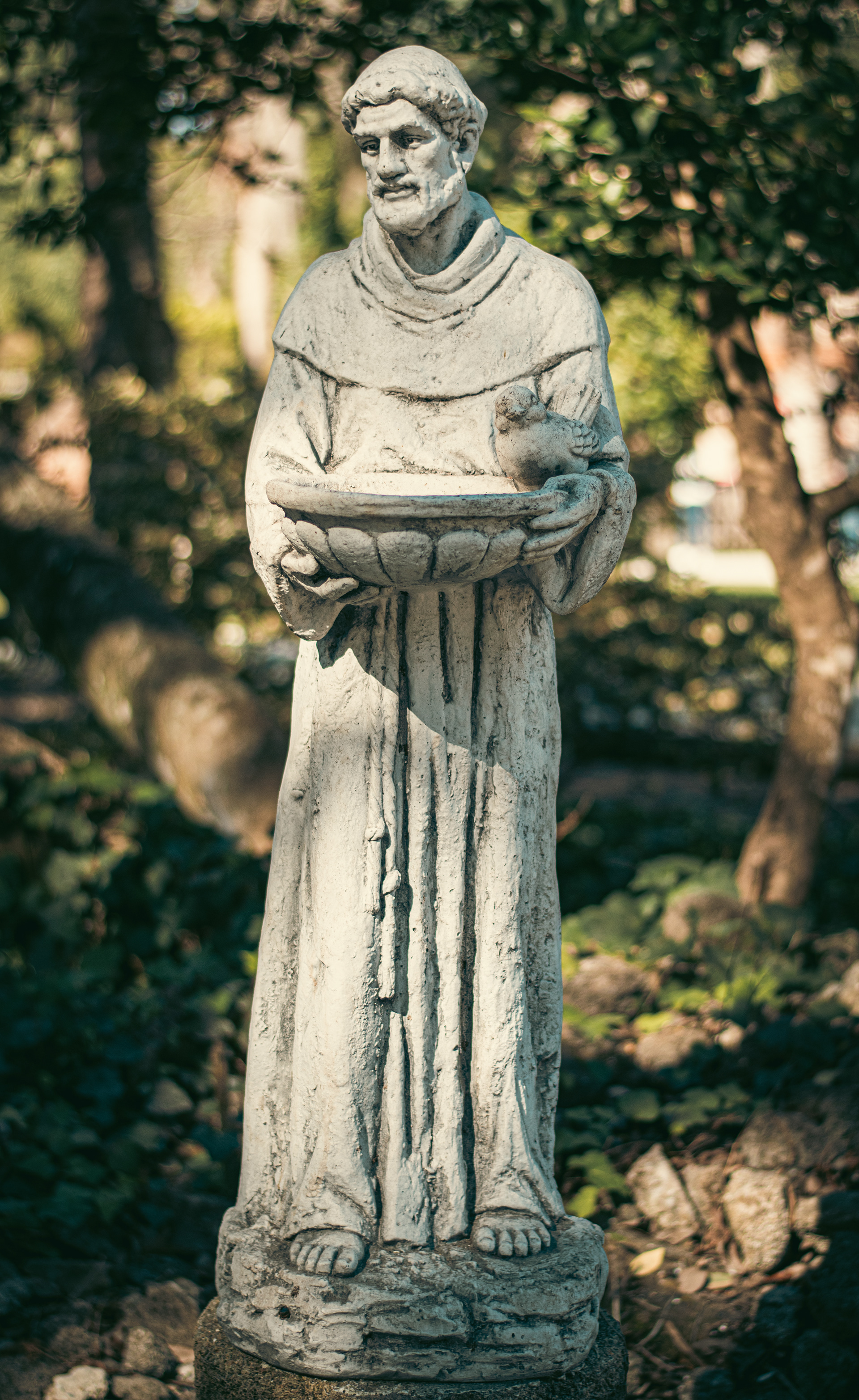
Francis of Assisi, was an Italian Catholic friar, deacon, and mystic. He founded the men's Order of Friars Minor, the women's Order of St. Clare, the Third Order of St. Francis and the Custody of the Holy Land. Francis is one of the most venerated religious figures in Christianity.

Located in the Hontoon Island State Park is a fiberglass replica of the 'Hontoon Owl Totem' that was uncovered by archeologists. “In 1955, a 10-foot wooden owl totem pole was found in the river, making it one of the most significant discoveries of the area. The totem was originally attributed to the Timucua, a neighboring tribe in the area, but research has found that this was indeed a product of the Mayaca. It is most likely that they used tools such as stones and sharks’ teeth to carve the details into the wood. No one is sure about the purpose of the totem. Some researchers believe that it was a religious item, serving as a means of protection for the tribe, while others think the totem was a territorial marker indicating the area belonging to the Mayaca.

A cherub sits atop a fountain in the garden at Ponce de Leon’s Fountain of Youth Archaeological Park
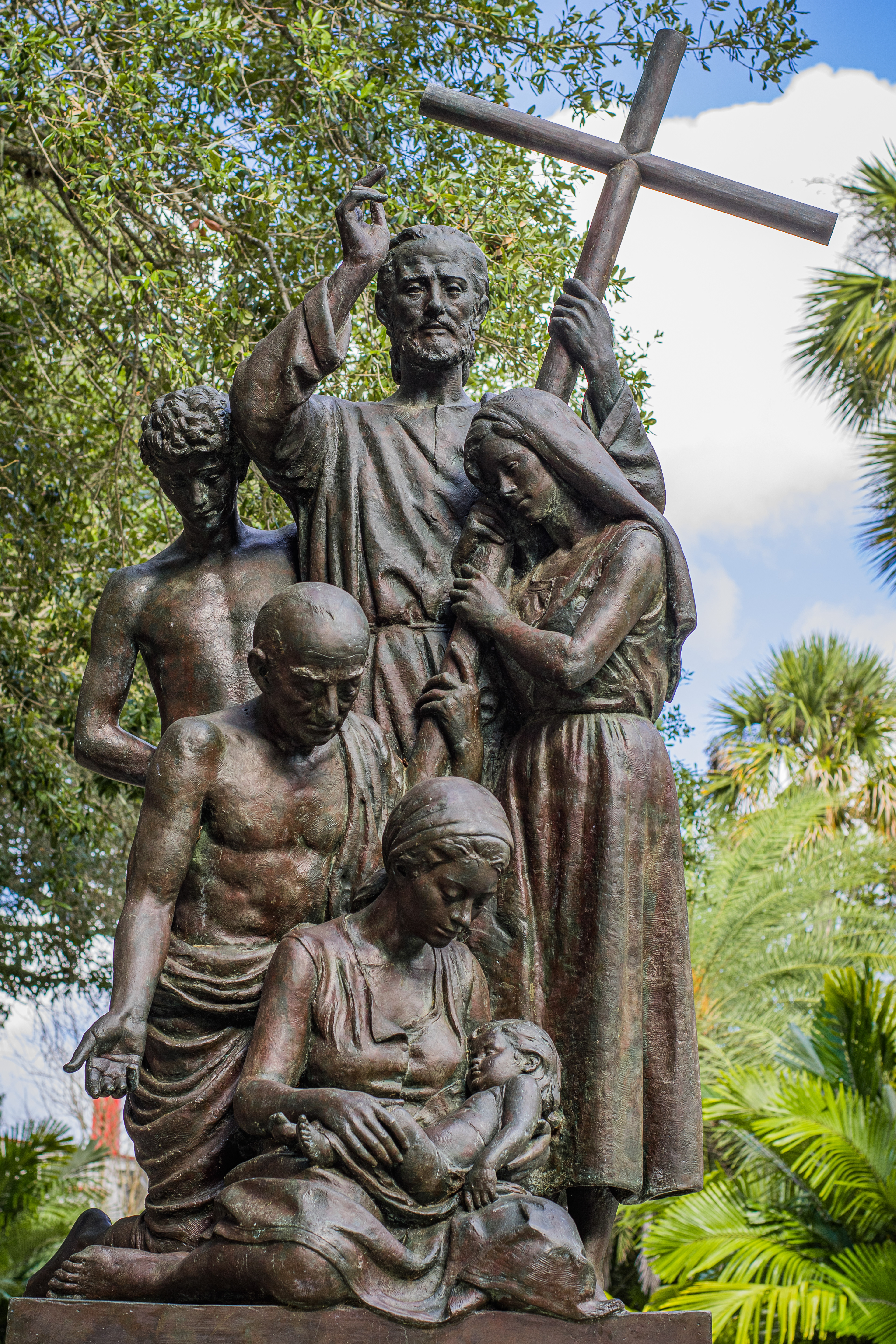
The Minorcans' Faithful Priest Father Pedro Camps was 38 years old when he sailed from the Island of Minorca to be the spiritual leader of the immigrants, along with an assistant, Father Bartolome Casanovas.


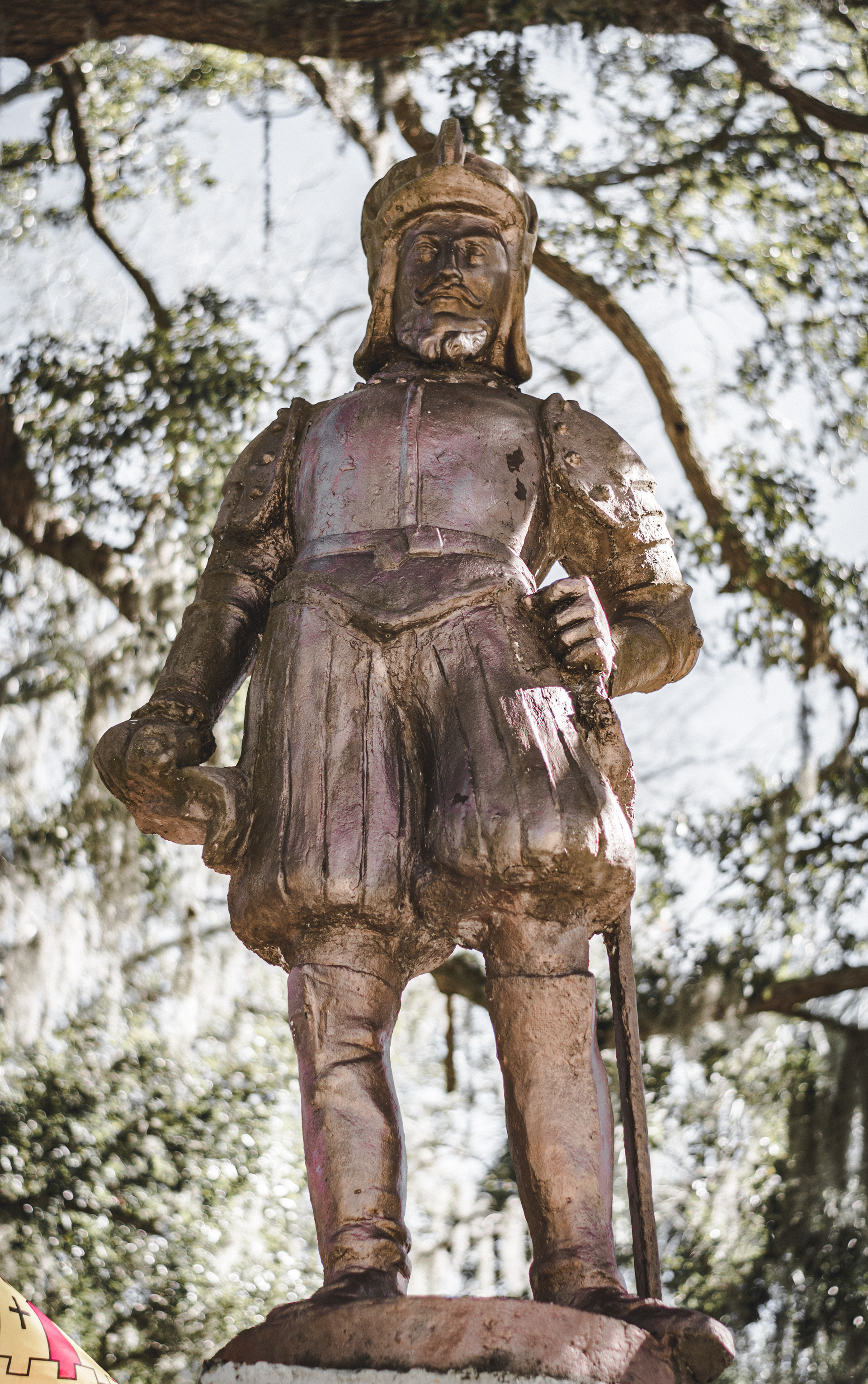
In St. Augustine, the oldest city in the U.S. The fountain of youth that Ponce de Leon discovered soon after he arrived in what is now Florida in 1513.





